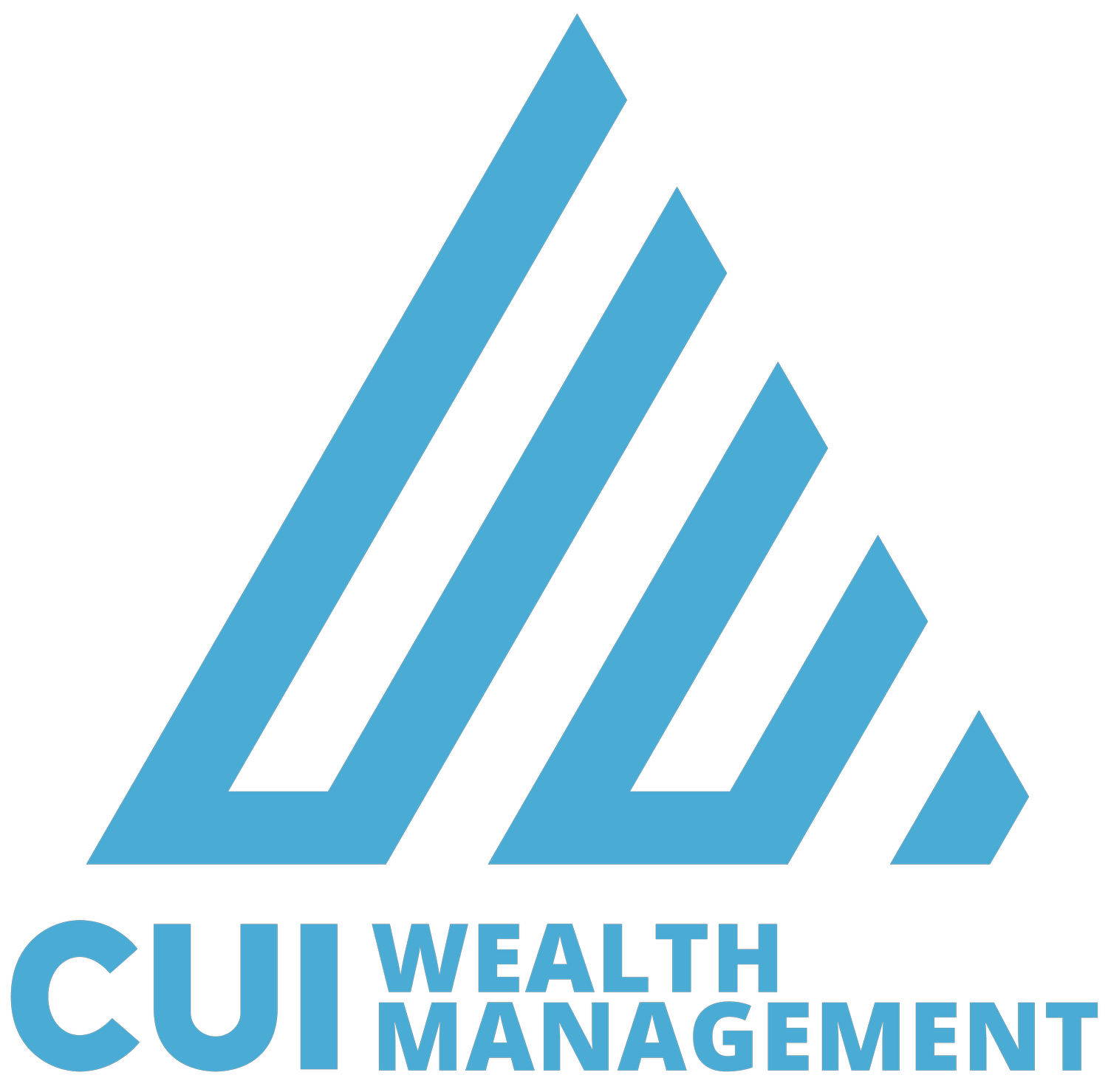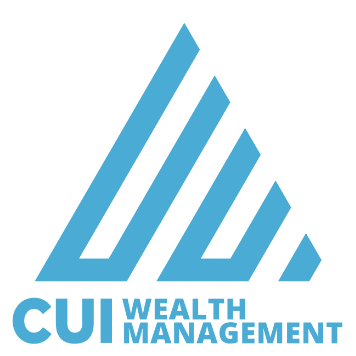Building a 401(k) Investment Committee for an Optimal Retirement Plan
Building a 401(k) Investment Committee
In financial planning, investment committees are integral to employer-sponsored retirement plans. A well-structured and knowledgeable team becomes paramount as businesses seek to enhance their employees' economic well-being. This blog post will explore the importance of building a 401(k) investment committee and its vital role in optimizing retirement plans.
The Significance of an Investment Committee
A 401(k) investment committee is a group dedicated to overseeing the management and performance of a company's retirement plan. This team collaborates with a 401(k) advisor to make informed decisions regarding investment options, asset allocation, and overall strategy. By creating a committee, businesses are committed to providing employees with the tools and resources needed for successful retirement planning.
Collective Responsibility
In employer-sponsored retirement plans, the responsibility for effective retirement plan management is collective. A 401(k) investment committee, comprising critical organizational stakeholders, ensures that decisions are made with the employees' best interests in mind.
The Role of a 401(k) Advisor
Central to the success of a 401(k) investment committee is the guidance of a knowledgeable 401(k) advisor. This professional brings expertise in financial markets, investment strategies, and regulatory compliance. Collaborating with the committee, the advisor assists in selecting suitable investment options, monitors fund performance, and provides valuable insights to align the retirement plan with the company's financial goals.
Additionally, a financial professional can help develop your committee charter, create and manage an investment policy statement (IPS), and provide fiduciary education and training to those involved in the 401(K). This is a great place to start if you don't know where to begin.
Strategies for Building a Successful Committee
Assembling the Right Team
To ensure that your committee is influential, it is essential to identify the qualifications and roles of its members. Having a diverse group of individuals with relevant expertise is also necessary. One way to start building a solid committee is to review the plan's current needs and identify gaps in knowledge or areas that require specific skills. By doing so, you can ensure that the committee has the necessary skills and knowledge to achieve its goals.
Diverse Expertise
When forming a committee, having a diverse group of members with different financial backgrounds is essential. This should include finance professionals, HR representatives, and key decision-makers. A mixture of perspectives can be beneficial, as each member can bring unique insights to discussions. For instance, the CFO may prioritize cost-effectiveness while the HR manager may focus on recruitment.
Having these diverse backgrounds can lead to great discussions about the plan.
Shouldering Responsibilities
Detail the committee's duties, including selecting and overseeing investment options, evaluating investment managers, and conducting periodic performance reviews. Schedule regular committee meetings to ensure duties are fulfilled. Keep records of the meetings and hold committee member accountable for their role in the plan.
Nurturing Decision-Making Transparency
Specify the decision-making process within the committee, ensuring transparent and accountable procedures. Setting up a minimum vote for the committee and having committee members vote on changes is a great way to encourage transparency. Another way to promote this is through meticulous meeting minutes.
Defined Roles and Responsibilities
Clearly outline the roles and responsibilities of each committee member. This promotes accountability and ensures that tasks are efficiently distributed among the team.
Investment Committee Charter
Establishing the Charter
A Retirement Plan Investment Committee Charter establishes a solid framework for effectively managing your 401(k) plan. This document clearly outlines the investment committee's roles, responsibilities, and decision-making processes, ensuring that your company's 401(k) plan is managed prudently and with the participants' interests in mind.
The committee charter should clearly outline the decision-making process and align objectives with the 401(k) plan's long-term growth and risk management goals. It should also outline how decisions are made for the plan.
Risk Management
Develop a comprehensive risk management strategy. The committee should proactively assess and mitigate risks associated with the retirement plan, considering the company's and its employees' long-term financial goals.
Acknowledgment
Each committee member should sign an acknowledgment of their participation in the committee. This is a great way to document that each member has accepted their responsibilities.
Investment Policy Statement
The Investment Committee Charter and the Investment policy statement go hand in hand and provide structure to the Investment Committee as you put together. The investment committee charter: ensure you also create an investment policy statement.
Regular Training and Education
Keeping the committee members updated on industry trends, regulatory changes, and investment strategies through regular training sessions is essential. This ensures that the team remains well-informed and capable of making prudent decisions.
Training and education can be done during regular investment committee meetings. It can also be done through formal training programs.
Conclusion
Effective wealth management and optimizing employer-sponsored retirement plans depend on building a 401(k) investment committee. By assembling a knowledgeable team and working closely with a 401(k) advisor, businesses can ensure that their employees are well-equipped to navigate the complexities of retirement planning. The collaborative efforts of a dedicated committee contribute not only to the financial well-being of individuals but also to the overall success and stability of the organization. Therefore, businesses must form a 401(k) investment committee, leading to better employee retirement outcomes and improved organizational performance.
Ensure you keep a copy of all the related documents in a fiduciary file. This will not only come in handy during plan audits, but it will also provide a record of the decisions and how they were made.
At CUI Wealth Management, we help our clients establish an investment committee, including the charter. We assist in managing the committee meetings and completing the meeting minutes. We help clients develop an investment policy statement (IPS). We provide fiduciary education and industry updates.
Though CUI Wealth Management is based in greater Salt Lake City, Utah, we service clients in many states. Please schedule a consultation with one of our financial advisors to evaluate your investment committee setup, investment policy statement, and fiduciary education program.


